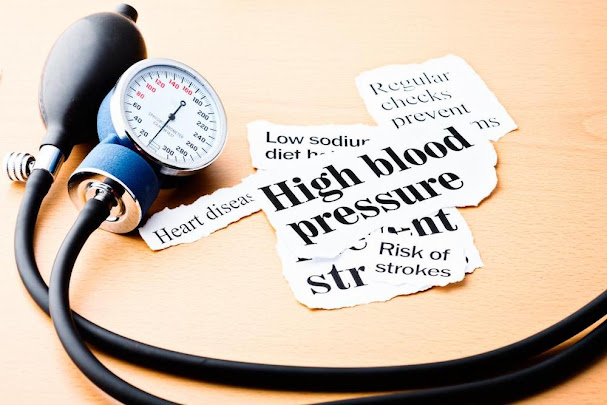Assessing cardiovascular risk involves taking a number of measurements and calculating the percentage risk of heart problems.
A cardiac risk calculator takes data for an individual's predictors of disease, such as blood pressure, and compares the results with population-level statistics.
Based on this information, the calculator tries to predict their chances of ASCVD, and the person will find out their percentage risk of having heart and blood vessel problems. This information can help the individual take measures to prevent cardiovascular health issues, if necessary.
If the risk is very low, no further screening or treatment is necessary. If the calculator shows a high risk, a health professional will discuss lifestyle adjustments and other measures that may prevent an adverse event.
People undergoing treatment for a cardiovascular condition will probably not use a calculator, as they are already managing their risks through treatment.
Measurable factors
All cardiac risk calculators use biological factors that affect an individual's risk of developing problems in the arteries. Three key factors are out of an individual's control when assessing for cardiac risk: Age, ethnicity, and sex. Other factors are modifiable.
For the final result, a cardiac risk calculator must consider the following data:
- lifestyle characteristics, such as smoking habits, alcohol consumption, and diet
- doctor's office measurements, including body mass index (BMI) and blood pressure
- laboratory test results, for example, cholesterol levels
It will also take into account other factors, such as diabetes status or any current treatment for high blood pressure. The calculator may also factor in exercise levels.
Managing these modifiable risk factors can help prevent their development into a dangerous disease. As a result, an
individual may be able to avoid some of the causes of atherosclerosis and heart disease.
Atherosclerosis refers to the narrowing of arteries due to the formation of plaque in the coronary arteries that supply the heart.
Preventing heart disease can also reduce the risk of other health problems. For example, atherosclerosis might cut off blood supply to the brain, triggering to a stroke.
Doctors recommend the regularity of the assessment based on the age of the patient. Older adults may require assessment as often as every 4 years.
The risk assessment guidelines are suitable for people between the ages of 20 and 79 years who do not yet have any outward signs of cardiovascular disease
The American College of Cardiology (ACC) and the American Heart Association (AHA) produced one example of a cardiac risk calculator.
Source took from https://www.medicalnewstoday.com

Comments
Post a Comment